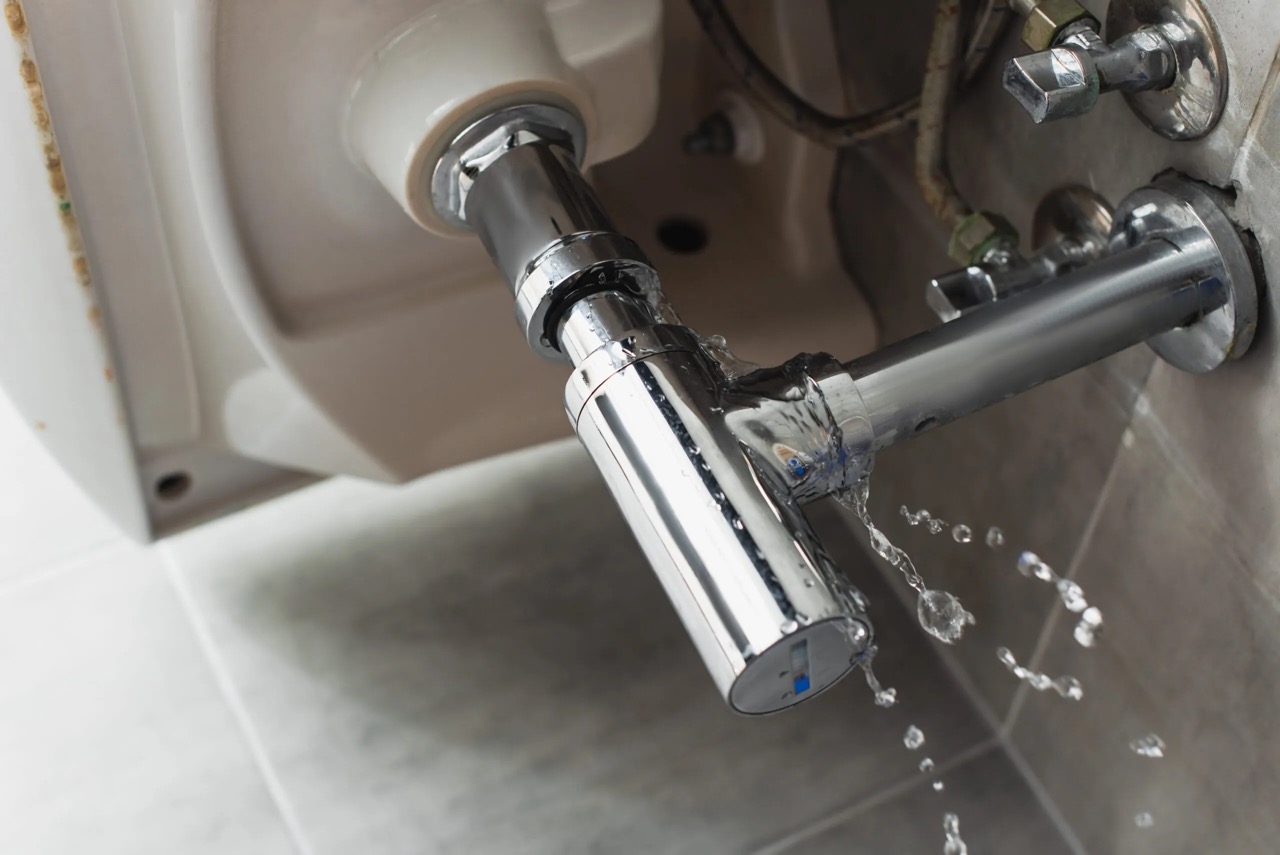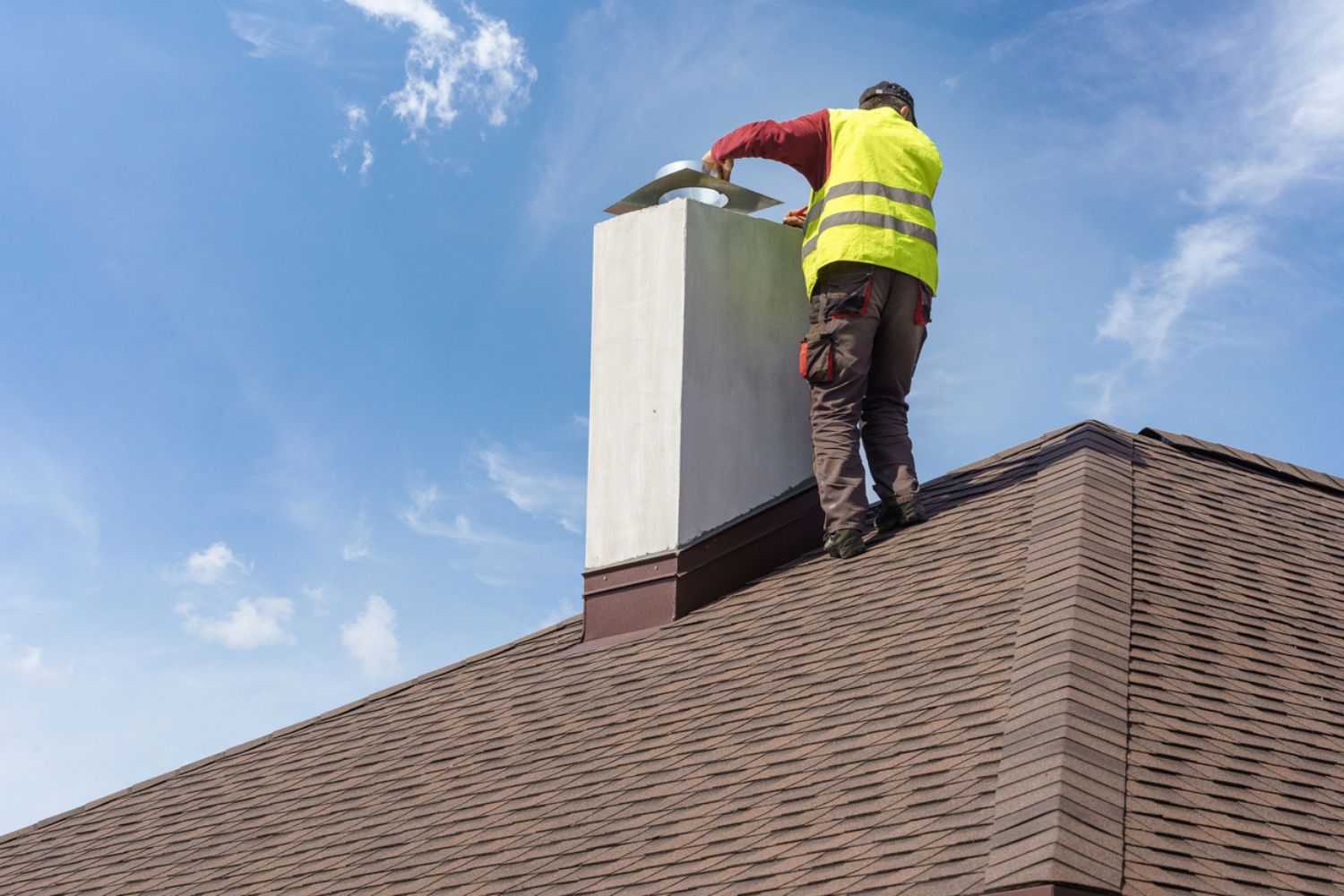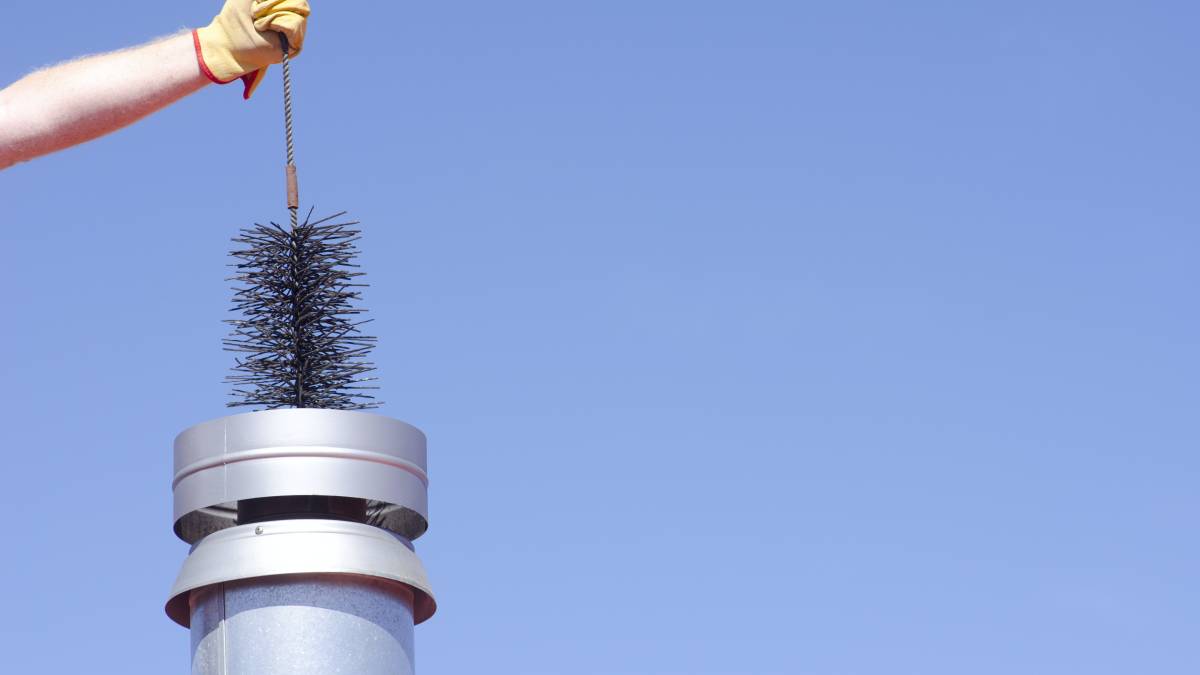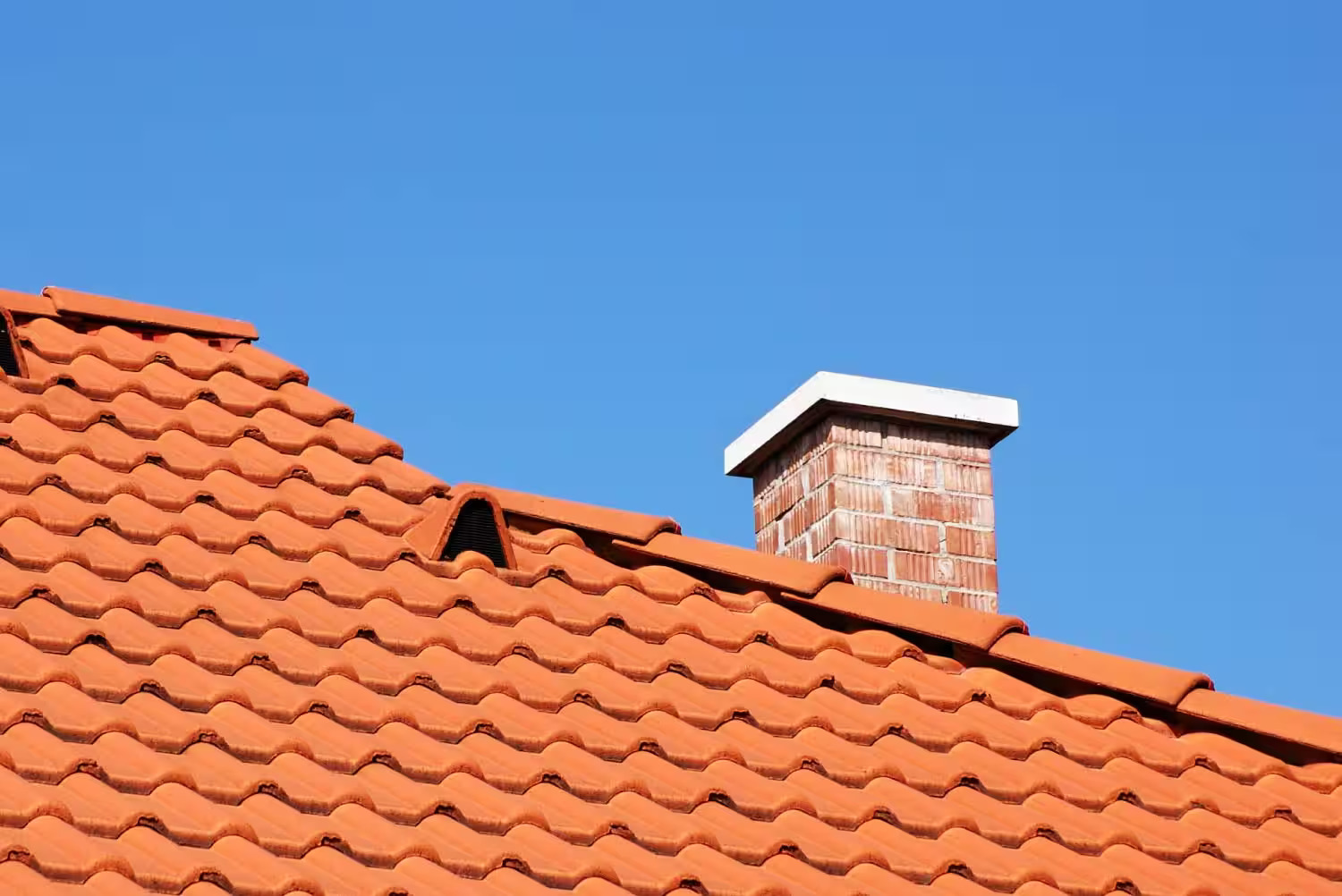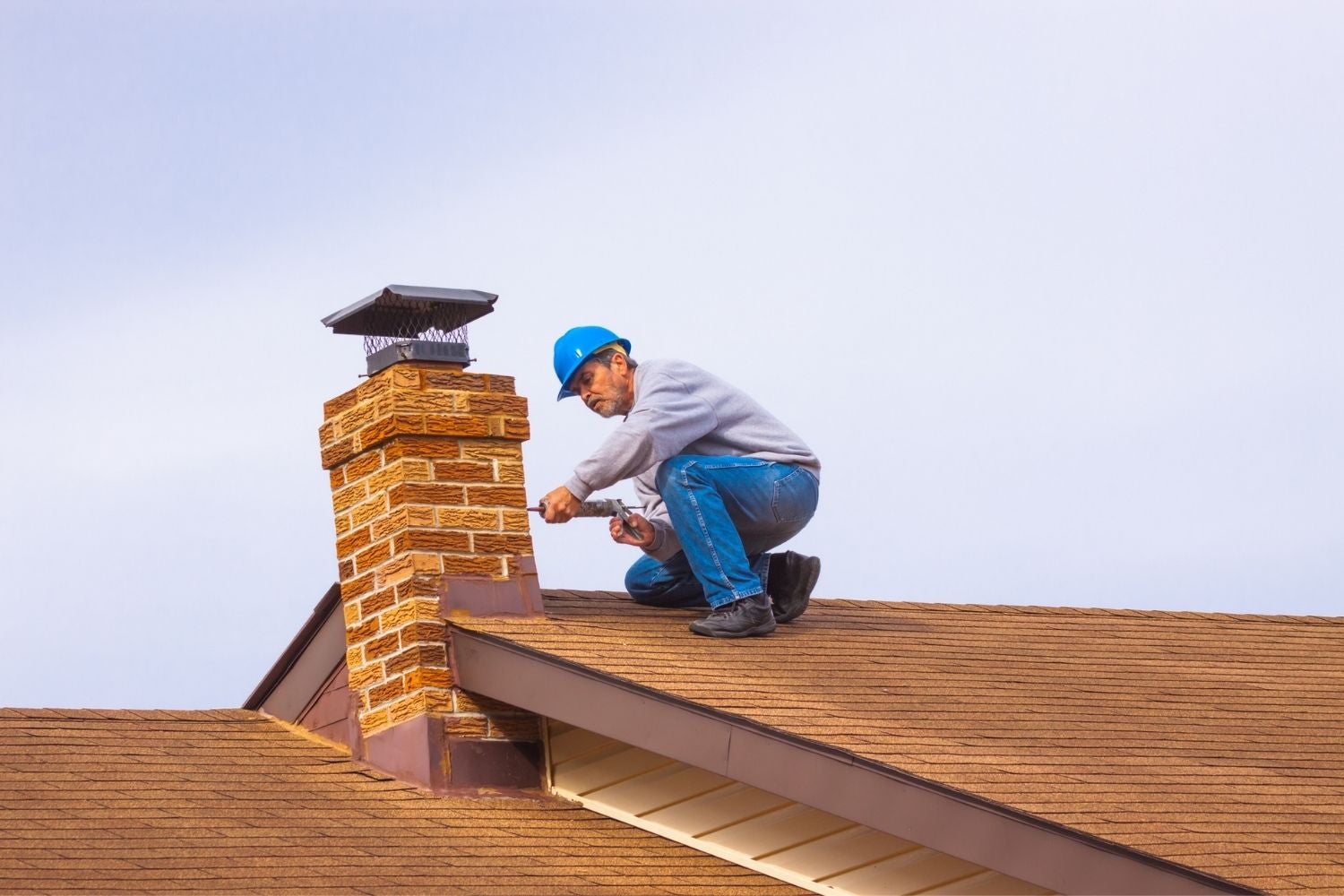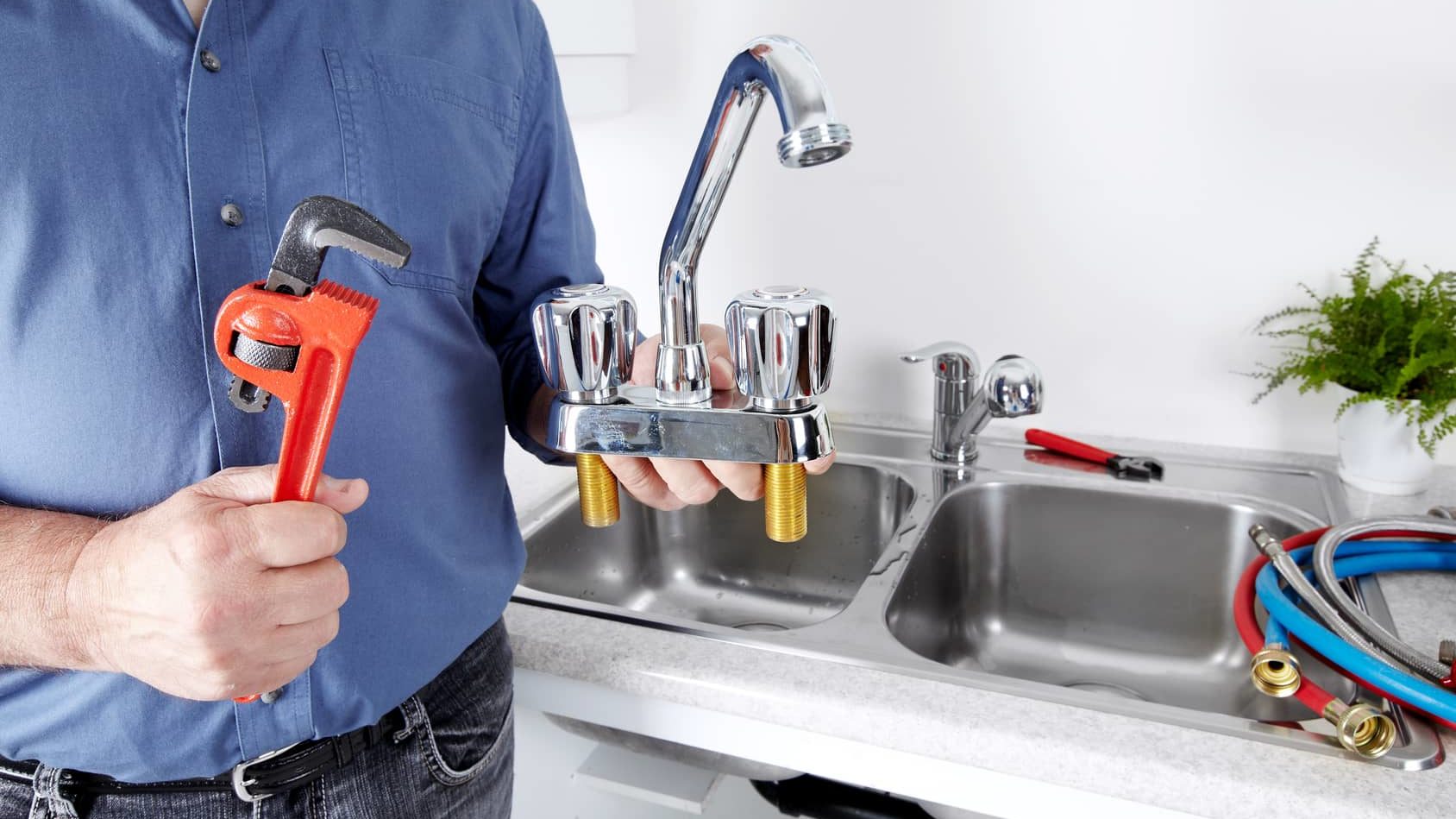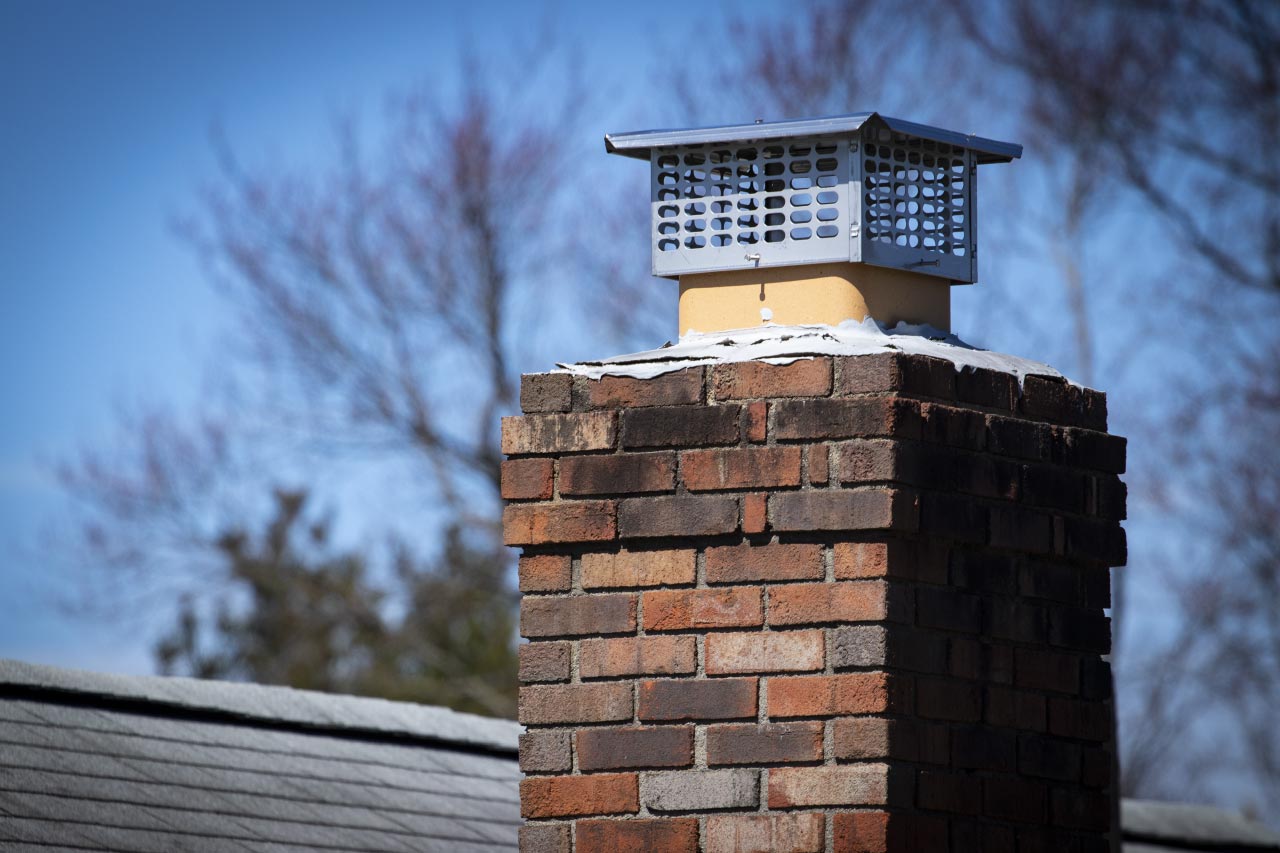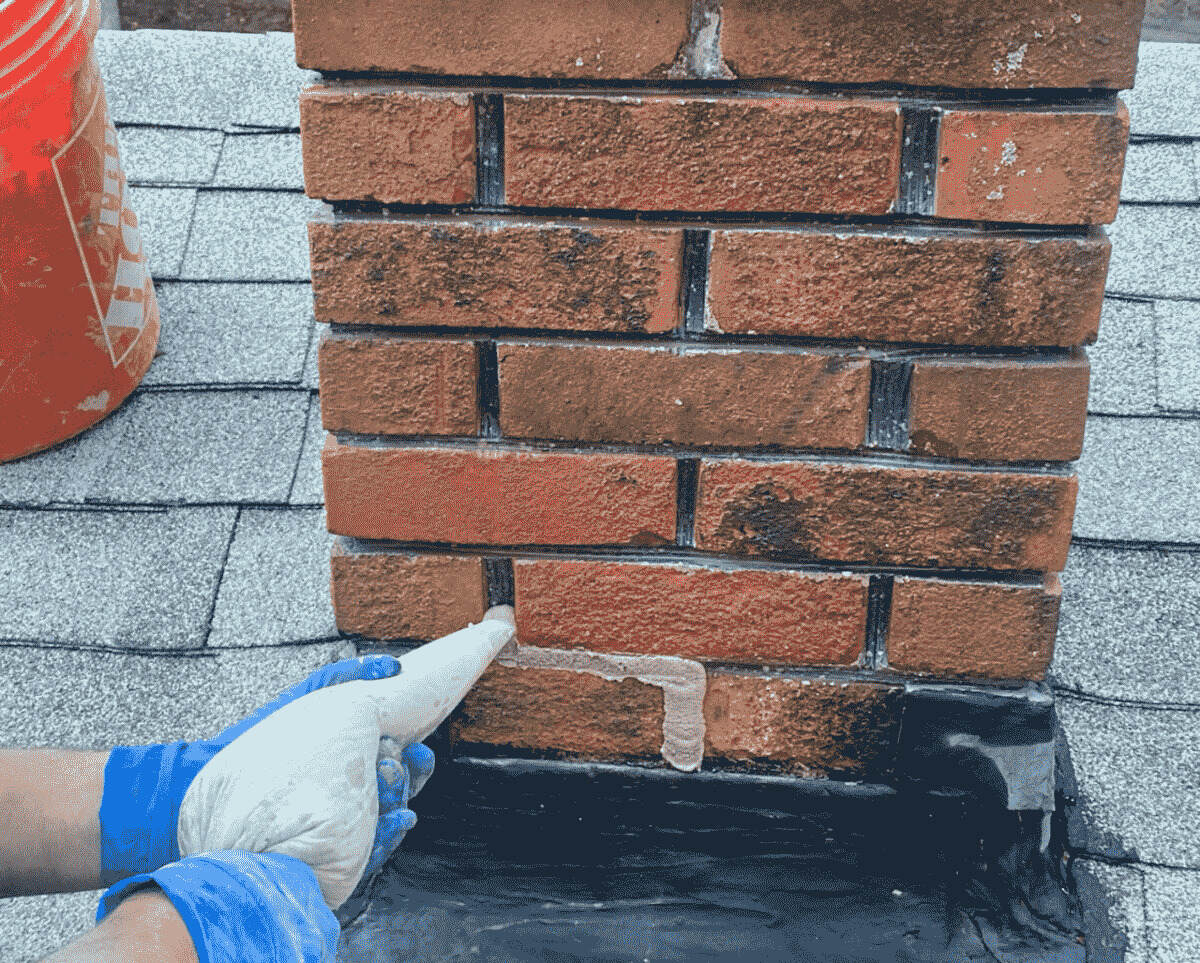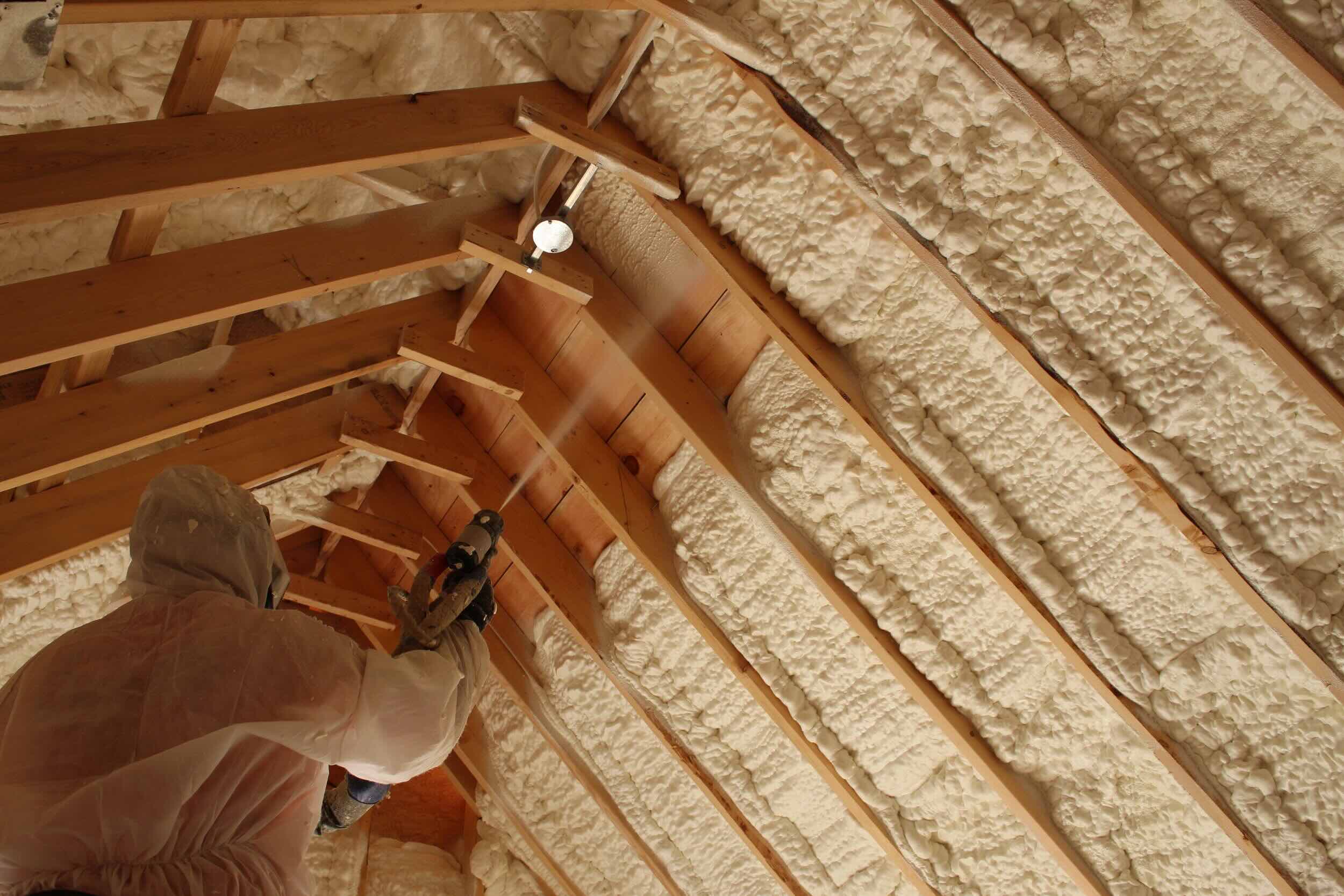Home>Home Maintenance>How Much Does Oil Leak Repair Cost
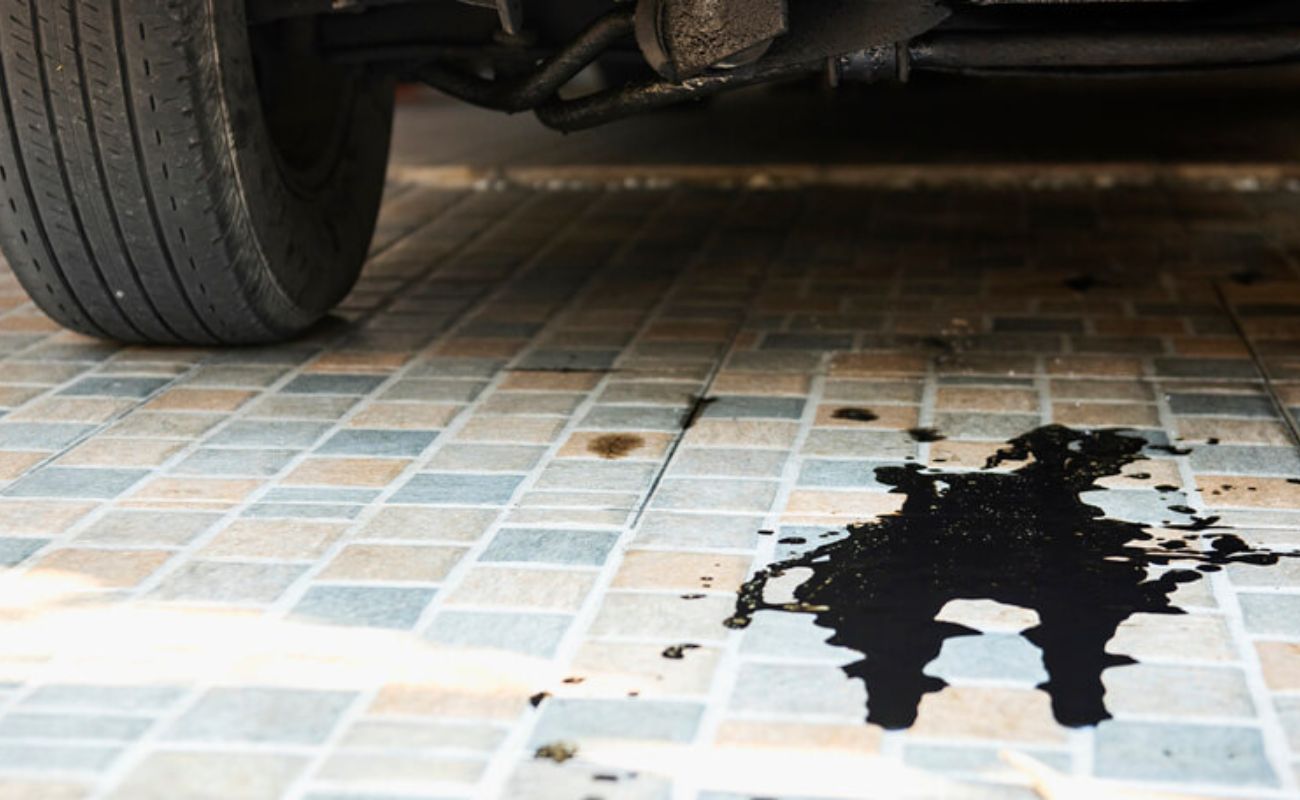

Home Maintenance
How Much Does Oil Leak Repair Cost
Modified: March 6, 2024
Need to fix an oil leak at home? Find out the average cost of oil leak repair in our comprehensive guide. Get expert advice on home maintenance.
(Many of the links in this article redirect to a specific reviewed product. Your purchase of these products through affiliate links helps to generate commission for Storables.com, at no extra cost. Learn more)
Introduction
Oil leaks in homes can be a hassle and a headache to deal with. Not only do they create a mess, but they can also lead to serious damage if left unattended. Whether it’s a small drip or a major leak, it’s crucial to address the issue promptly to prevent any further complications. However, one of the primary concerns homeowners have when dealing with oil leaks is the cost of repairs.
In this article, we will explore the various factors that affect the cost of oil leak repairs and provide you with an estimate of the average expenses associated with fixing minor and major leaks. Additionally, we will discuss whether it is worth considering DIY repairs or if it’s best to hire a professional. By the end of this article, you will have a better understanding of what to expect in terms of oil leak repair costs and how to save money along the way.
Before we dive into the specifics, let’s take a look at the factors that impact the overall cost of oil leak repairs.
Key Takeaways:
- Don’t ignore oil leaks! Promptly addressing minor leaks can cost around $100 to $500, while major leaks may range from $500 to several thousand dollars. Seeking professional help is crucial for complex issues.
- Save money on oil leak repairs by comparing quotes, conducting regular maintenance, and seeking professional advice. Exploring warranty coverage and monitoring oil levels can also help minimize the risk of leaks and future repair expenses.
Read more: How Much Does Gas Leak Repair Cost
Factors Affecting Oil Leak Repair Costs
The cost of repairing an oil leak can vary significantly depending on several factors. It’s essential to consider these factors to understand why the cost estimates may differ between different situations.
- Severity of the Leak: The severity of the oil leak plays a significant role in determining the repair costs. A minor drip or seepage may require simple fixes like replacing a gasket or seal, which can be relatively inexpensive. On the other hand, a major leak that involves replacing a faulty component or repairing a damaged oil line can be considerably more expensive.
- Type of Oil: The type of oil used in your home’s systems can impact the repair costs. For instance, repairs for a furnace oil leak may be more costly compared to repairs for a leak in a smaller appliance that uses a different type of oil.
- Access to the Leak: The accessibility of the leak can affect the repair costs. If the leak is in an easily accessible area, it may require less time and labor to fix, resulting in a lower cost. However, if the leak is in a hard-to-reach location, it may require additional effort and time for repairs, which can increase the overall cost.
- Extent of Damage: If the oil leak has caused significant damage to surrounding components or structures, the repair costs will likely be higher. In such cases, not only will the leaking part need to be replaced or repaired, but additional repairs or replacements may be necessary for any damaged pipes, fittings, or surfaces.
- Professional Fees: The cost of hiring a professional to repair the oil leak will also contribute to the overall expenses. Factors such as the reputation and experience of the technician or company, as well as location and market demand, can influence the professional fees.
It’s important to keep in mind that these factors can vary in each specific situation. Therefore, it’s crucial to consult with a professional to assess the exact details of your oil leak and obtain an accurate estimate for the repair costs.
Common Causes of Oil Leaks
Oil leaks can occur due to various reasons, and understanding the common causes can help identify and address the issue promptly. Here are some of the most common causes of oil leaks in residential properties:
- Worn-out Seals and Gaskets: Over time, seals and gaskets can deteriorate, especially in older systems. This deterioration can lead to oil leaks. It’s essential to regularly inspect and replace worn-out seals and gaskets to prevent leaks.
- Loose or Damaged Oil Lines: Oil lines transport oil from the source to the various components or appliances in your home. If these lines become loose, damaged, or develop cracks, they can lead to oil leaks. Regular maintenance and inspection can help prevent this issue.
- Oil Filter Issues: A faulty or improperly installed oil filter can cause leaks. It’s crucial to ensure that the oil filter is the correct size and properly tightened to prevent oil from seeping out.
- Faulty Drain Plug: The drain plug in your oil tank or system is designed to keep the oil contained. If the plug becomes loose, damaged, or faulty, it can result in oil leaks. Regularly inspecting and tightening the drain plug can help prevent this problem.
- Cracked or Damaged Oil Tanks: Oil tanks can develop cracks or become damaged due to various reasons, such as weather conditions, corrosion, or physical impact. These cracks can cause oil leaks, necessitating repairs or tank replacement.
- Improper Installation: If the oil system was not installed correctly, it can lead to leaks. Poorly connected pipes, fittings, or valves can cause oil to escape, resulting in leaks. Hiring a professional for proper installation can help prevent this issue.
- Excessive Oil Pressure: Excessive oil pressure within the system can cause leaks. This can occur due to a malfunctioning pressure relief valve or an issue with the oil pump. Regular maintenance can help identify and address high oil pressure to prevent leaks.
If you notice any signs of an oil leak, such as oil stains, pooling oil, or a strong smell of oil, it’s important to investigate and address the issue promptly. Understanding the common causes can guide you in identifying the source of the leak and seeking the appropriate repair solutions.
Diagnostic Process for Identifying Oil Leak Issues
When faced with an oil leak in your home, it’s crucial to accurately identify the source of the issue before proceeding with repairs. The diagnostic process allows professionals to pinpoint the cause of the leak and determine the necessary steps for repair. Here is a step-by-step guide to the diagnostic process for identifying oil leak issues:
- Visual Inspection: The first step in diagnosing an oil leak is to visually inspect the affected area. This involves looking for any visible signs of oil, such as stains, puddles, or drips. By examining the surroundings, professionals can often identify potential sources or components that may be causing the leak.
- System Evaluation: After the initial visual inspection, professionals will evaluate the oil system and its components. This includes checking the oil tank, pipes, valves, fittings, seals, gaskets, and any other relevant parts. By thoroughly examining each component, they can determine if there are any visible issues or signs of damage that could be causing the leak.
- Pressure Testing: In some cases, professionals may perform pressure testing to identify the source of the leak. This involves pressurizing the oil system and observing if there are any pressure drops, which could indicate a leak. Pressure testing can help pinpoint the specific area or component where the leak is occurring.
- Use of Detection Tools: In more complex cases, professionals may use specialized detection tools, such as fluorescent dyes or electronic leak detectors. These tools can help locate hidden or hard-to-spot leaks by highlighting areas where the oil is escaping. By using these tools, professionals can accurately identify the source and extent of the leak.
- Consultation and Data Analysis: After gathering all the necessary information through visual inspection, evaluation, testing, and the use of detection tools, professionals will consult the collected data to analyze the findings. They will identify the primary cause of the oil leak and assess the extent of the damage. Based on this analysis, they can then provide an accurate diagnosis and recommend the appropriate repair solutions.
It’s important to note that diagnosing oil leak issues can vary depending on the specific situation, type of oil system, and the expertise of the professional conducting the diagnosis. Therefore, it’s essential to consult with a qualified technician or company experienced in oil leak repairs to ensure a thorough and accurate diagnosis.
Average Cost of Repairing Minor Oil Leaks
Repairing minor oil leaks in your home can often be a less expensive endeavor compared to major leaks. Minor leaks typically involve simple fixes or component replacements, which tend to be less time-consuming and require fewer materials. Here is an overview of the average cost associated with repairing minor oil leaks:
The cost of repairing minor oil leaks can range from around $100 to $500, depending on various factors. These factors include the type of oil system, the specific component affected, the extent of the leak, and the professional fees in your area.
For example, if the leak is coming from a worn-out seal or gasket, the repair cost can be relatively low. Replacing a damaged or faulty seal or gasket may only require the cost of the new component itself, which can range from $10 to $100, plus the cost of labor if hiring a professional.
If the issue is with a loose or damaged oil line, the repair cost may involve replacing the affected line or repairing any visible damage. The cost of materials, such as the oil line itself, fittings, and connectors, can vary depending on the type and length of the line. In general, you can expect to pay anywhere from $100 to $300 for these types of repairs.
It’s important to note that the average cost provided is just an estimate, and the actual cost may vary based on factors specific to your situation. Additionally, hiring a professional for minor oil leak repairs may incur additional labor fees, typically ranging from $50 to $150 per hour.
While minor oil leak repairs may seem relatively affordable compared to major repairs, it’s essential not to postpone or ignore these issues. Even minor leaks can worsen over time, leading to more extensive damage and higher repair costs.
To accurately assess the cost of repairing a minor oil leak in your home, it’s recommended to consult with a qualified technician or company. They can evaluate the specific details of the leak and provide you with a precise estimate based on your unique circumstances.
When it comes to oil leak repair costs, it’s important to get multiple quotes from different mechanics to ensure you’re getting a fair price. Additionally, consider the type of oil leak and the extent of the damage, as these factors can impact the overall cost of the repair.
Read more: How Much Does It Cost To Fix A Roof Leak
Cost Estimates for Major Oil Leak Repairs
Major oil leaks in your home can be more complex and costly to repair compared to minor leaks. These types of leaks usually involve significant damage to components or systems, requiring extensive repairs or replacements. Here are some cost estimates for major oil leak repairs:
The cost of repairing major oil leaks can vary widely depending on the specific circumstances, but it’s not uncommon for the expenses to range from $500 to several thousand dollars. The factors that can influence the cost include the severity of the leak, the extent of the damage, the type of oil system, and the professional fees in your area.
For instance, replacing a cracked or damaged oil tank can be a significant expense. The cost of a new oil tank can range anywhere from $1,000 to $5,000 or more, depending on the size and material of the tank. Additionally, there may be additional costs involved in removing the old tank and installing the new one, including labor fees and any necessary permits.
If the major leak is due to a malfunctioning or damaged oil pump, the cost of repair can also be substantial. On average, repairing or replacing an oil pump can cost anywhere from $500 to $2,000 or more, depending on the type of pump and the complexity of the repair.
In some cases, major oil leaks may require repairs to multiple components or systems. For example, if the leak has caused damage to pipes, fittings, or valves, those components may need to be replaced as well. These additional repairs can significantly add to the overall cost of the repair project.
It’s worth noting that hiring a professional to address major oil leaks is highly recommended due to the complexity of the repairs involved. However, professional fees can also contribute to the overall cost. Depending on the location and expertise of the professional, hourly labor rates can range anywhere from $100 to $300.
Keep in mind that these are general cost estimates, and the actual expenses for major oil leak repairs can vary. To obtain a precise estimate for your specific situation, it is advisable to consult with a trusted technician or company experienced in handling major oil leak repairs.
Additional Expenses Associated with Oil Leak Repairs
When dealing with oil leak repairs, there may be additional expenses that you need to consider beyond the cost of fixing the leak itself. These additional expenses can vary depending on the specific circumstances of the repair project. Here are some common additional expenses associated with oil leak repairs:
- Diagnostic Fees: Before the repair process can begin, it’s typical for professionals to charge a diagnostic fee to assess the issue and determine the source of the leak. This fee covers their time, expertise, and any tools or materials used during the diagnostic process.
- Labor Costs: Labor costs can be a significant part of the overall expense, especially for major oil leak repairs. Depending on the complexity and size of the repair project, professionals may charge hourly rates or a flat fee for their services. It’s important to clarify the labor costs upfront to avoid any surprises.
- Replacement Parts: If any components or parts need to be replaced during the repair process, there will be costs associated with purchasing those parts. The price of replacement parts can vary depending on the specific item, brand, and supplier.
- Disposal Fees: In some cases, the repair process may generate waste materials, such as contaminated oil or damaged components. Professionals may charge disposal fees to properly remove and dispose of these materials in accordance with environmental regulations.
- Permits and Inspections: Depending on local regulations, obtaining permits or scheduling inspections may be necessary for certain oil leak repair projects. These permit and inspection fees can add to the overall expense, so it’s important to check with your local authorities to ensure compliance.
- Maintenance and Prevention: Once the oil leak has been repaired, it’s crucial to implement preventive measures to avoid future leaks and maintain your oil system’s integrity. This may include regular maintenance, such as oil system inspections, seal replacements, or oil tank cleaning. While these ongoing maintenance expenses are not directly related to the repair itself, they are necessary to prevent future issues.
It’s important to discuss all potential additional expenses with the professional or company conducting the oil leak repair. By understanding all the associated costs upfront, you can better prepare yourself financially and avoid any unexpected surprises during the process.
DIY vs. Professional Oil Leak Repair Costs
When faced with an oil leak in your home, you may wonder whether it’s more cost-effective to tackle the repair as a do-it-yourself (DIY) project or hire a professional. While DIY repairs can save you money on labor costs, they may not always be the best option, especially for more complex oil leak issues. Here’s a comparison of DIY vs. professional oil leak repair costs to help you make an informed decision:
DIY Oil Leak Repair Costs:
DIY oil leak repairs can be tempting, especially for minor leaks that appear straightforward to fix. With DIY repairs, the primary costs are typically limited to the price of replacement parts and any necessary tools or materials.
While DIY repairs can be more affordable, especially for those with knowledge and experience in home maintenance, there are potential drawbacks to consider. If the repair is not done correctly, it can lead to further damage or even pose safety risks. Additionally, DIY repairs may not come with any warranty or guarantee, meaning you would be responsible for any future issues that may arise.
Professional Oil Leak Repair Costs:
Hiring a professional for oil leak repairs comes with the benefit of expertise and experience. Professionals can accurately diagnose the issue, provide expert solutions, and ensure the repairs are done correctly and efficiently.
Professional oil leak repair costs typically involve labor fees, which can vary depending on the specific repair project, the professional’s level of experience, and your location. In addition to labor costs, there may be additional charges for diagnostic fees, replacement parts, and any necessary permits or inspections.
While professional repairs may initially be more expensive than DIY, they often provide long-term value and peace of mind. Professionals can offer warranties on their work, meaning they will stand behind the repairs and address any future issues that may arise.
Ultimately, the decision between DIY and professional oil leak repair depends on the complexity of the issue, your level of experience and expertise, and your comfort in performing the repairs yourself. For minor leaks that require simple fixes, DIY may be a viable option. However, for major oil leak repairs or situations where you are unsure of the cause and best solution, it’s recommended to hire a professional.
Consulting with a professional for an assessment and estimate can help you make an informed decision based on your specific circumstances. They can provide guidance on whether DIY or professional repairs are more appropriate for your oil leak issue.
Tips for Saving Money on Oil Leak Repairs
Dealing with an oil leak in your home can be a costly endeavor. However, there are several tips and strategies you can implement to help save money on oil leak repairs. Here are some effective tips for reducing the overall expenses:
- Address the Issue Promptly: As soon as you notice an oil leak, it’s crucial to address the issue promptly. Waiting can lead to more extensive damage and higher repair costs. By acting quickly, you can prevent further complications and potentially minimize the repair expenses.
- Compare Multiple Quotes: Before hiring a professional or committing to any repairs, obtain multiple quotes from different technicians or companies. Comparing prices and services can help you find the best balance between cost and quality.
- Consider DIY for Minor Repairs: For minor oil leaks that require simple fixes, you may consider handling the repairs yourself if you have the necessary knowledge and skills. Be sure to research and follow proper procedures and safety guidelines to avoid causing more damage.
- Regular Maintenance: Conducting regular maintenance on your oil system can help prevent leaks and catch any potential issues early on. This can significantly reduce the likelihood of major repairs or replacements, saving you money in the long run.
- Seek Professional Advice: If you decide to tackle minor repairs yourself, it’s still advisable to consult with a professional technician beforehand. They can provide guidance, tips, and recommendations to ensure you are on the right track, potentially saving you from costly mistakes.
- Explore Warranty Coverage: If your oil system is still under warranty, check whether the repairs needed for the oil leak are covered. This can save you on repair costs or replacement parts, provided that the issue falls within the warranty terms.
- Proper Insulation and Protection: Insulating and protecting your oil tank and pipes can help prevent damage, corrosion, and potential leaks. By investing in insulation materials and taking preventive measures, you can potentially avoid the need for repairs down the line.
- Regularly Monitor Oil Levels: Keeping an eye on your oil levels can help detect any sudden drops or abnormalities, indicating a potential leak. Timely detection can allow you to address the issue before it escalates and causes additional damage.
- Research and Compare Professional Credentials: When hiring a professional for oil leak repairs, take the time to research and compare their credentials, experience, and customer reviews. Choosing a reputable and trustworthy technician can ensure the repairs are done correctly the first time, minimizing the chances of future issues and costly rework.
By implementing these tips, you can potentially reduce the overall expenses associated with oil leak repairs. Remember that prevention and early intervention are key to saving money in the long run. Regular maintenance, prompt action, and seeking professional advice when needed will all contribute to keeping your oil system in optimal condition and minimizing the chances of costly leaks.
Read more: How Much Does Slab Leak Repair Cost
Conclusion
Dealing with oil leaks in your home can be a frustrating and costly experience. However, understanding the factors that affect repair costs, the common causes of oil leaks, and the diagnostic process for identifying and addressing these issues is crucial. By being well-informed, you can make informed decisions and take the appropriate steps to mitigate the problem.
Minor oil leaks can often be repaired with simple fixes and component replacements, resulting in lower repair costs ranging from around $100 to $500. On the other hand, major oil leaks that require extensive repairs or component replacements can be more expensive, ranging from $500 to several thousand dollars. Additional expenses such as diagnostic fees, labor costs, and replacement parts should also be considered.
When it comes to repairs, you have the option of DIY or hiring a professional. DIY repairs can save on labor costs but may not always be suitable, especially for complex issues. Hiring a professional ensures expertise and can provide warranties on their work, giving you peace of mind. However, professional repairs may incur higher upfront costs.
To save money on oil leak repairs, promptly addressing the issue, comparing quotes, conducting regular maintenance, and seeking professional advice are essential. Exploring warranty coverage, properly insulating and protecting your oil system, and regularly monitoring oil levels can also help minimize the risk of leaks and future repair expenses.
In conclusion, the cost of oil leak repairs is influenced by various factors, but taking proactive measures, seeking professional guidance, and investing in proper maintenance can help mitigate the expenses. By being proactive and informed, you can ensure the integrity of your oil system and avoid costly repairs in the long run.
Frequently Asked Questions about How Much Does Oil Leak Repair Cost
Was this page helpful?
At Storables.com, we guarantee accurate and reliable information. Our content, validated by Expert Board Contributors, is crafted following stringent Editorial Policies. We're committed to providing you with well-researched, expert-backed insights for all your informational needs.
